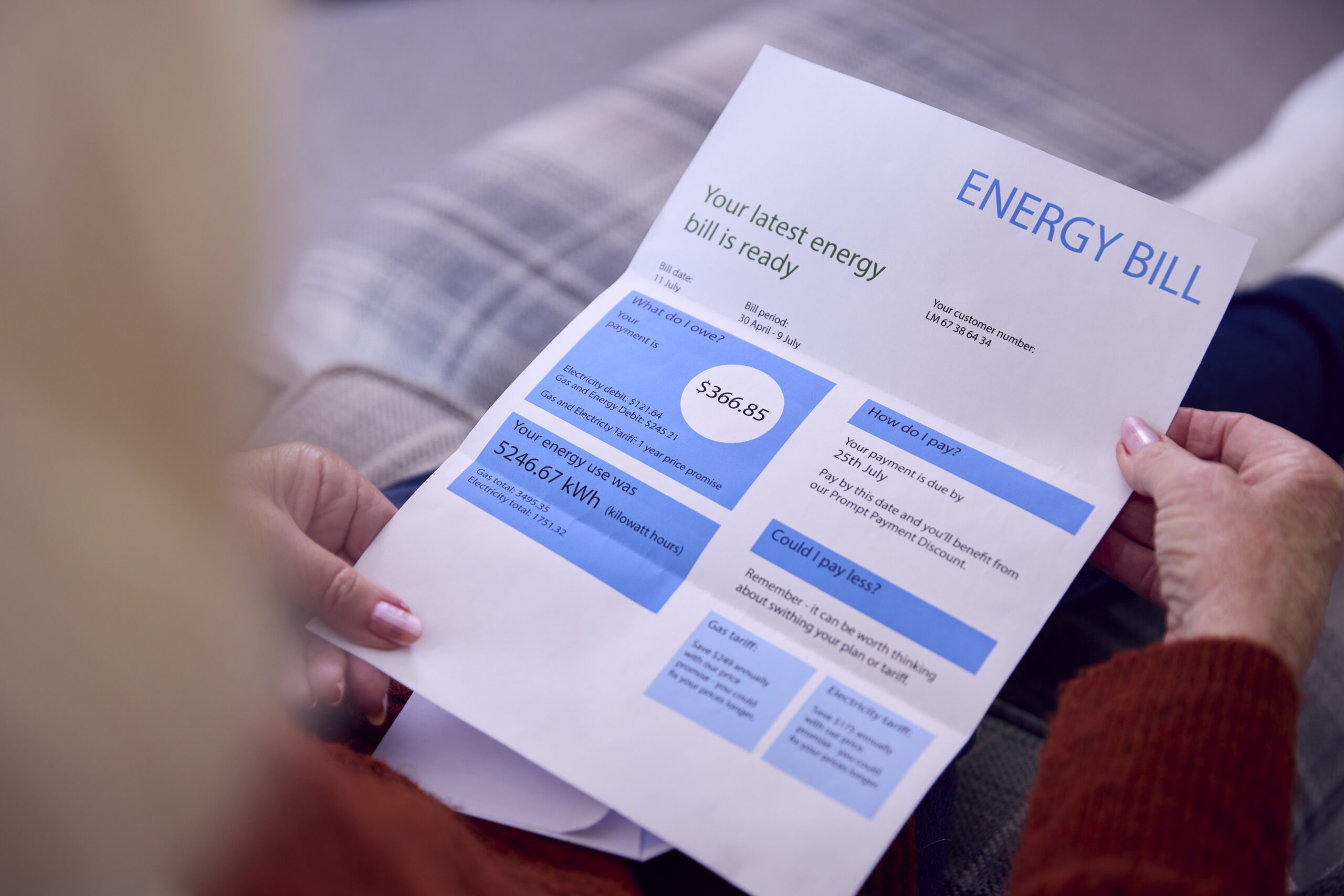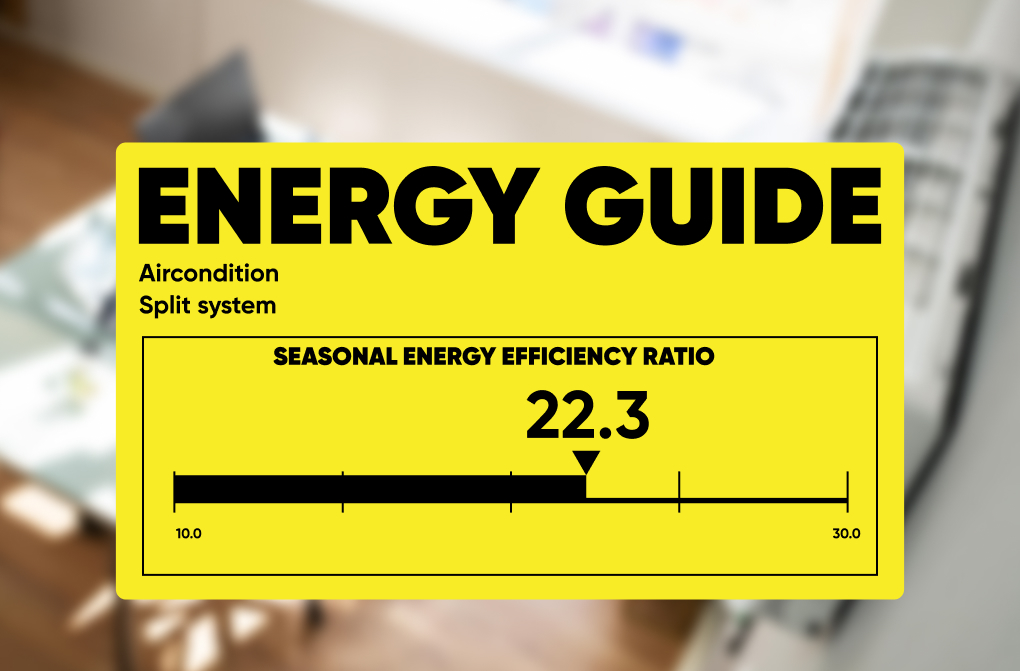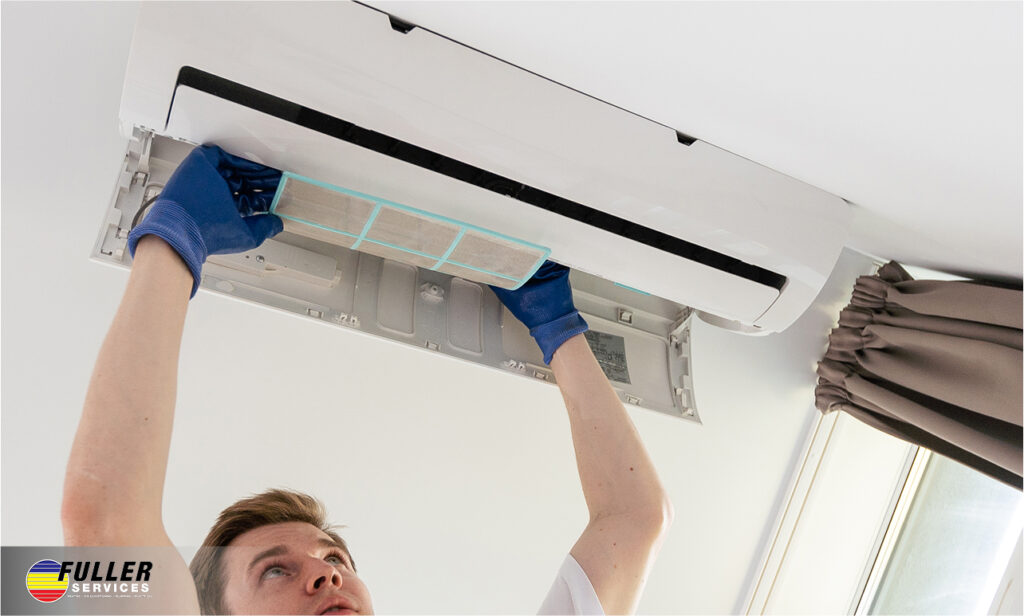
Picture this: It’s the middle of summer, temperatures are soaring, and your air conditioner is working overtime. Then your energy bill arrives, and suddenly you’re feeling a different kind of heat—the burning sensation in your wallet.
If this scenario sounds all too familiar, understanding SEER2 ratings might be your ticket to cooling relief.

What in the World is SEER2 Anyway?
SEER2 stands for Seasonal Energy Efficiency Ratio 2. Think of it as your air conditioner’s MPG (miles per gallon)—but instead of measuring how far you can go on a gallon of gas, it measures how efficiently your system converts electricity into cooling comfort.
You might be thinking that you’re not an HVAC technician. No worries! You don’t need to be. SEER2 ratings are actually quite simple once you break them down: the higher the number, the more efficient the system.
As of 2025, the Department of Energy requires a minimum SEER2 rating of 14.3 in the Northern regions and 15.2 in the Southern and Southwestern regions of the United States.
Systems can go much higher, up to 26 SEER2 for the most advanced models on the market. Each step up represents real dollars saved on your monthly energy bills.
The Dollars and Cents of SEER2 Ratings
Now let’s talk about what matters most to many homeowners—how much money are we really talking about when it comes to SEER2 ratings?
The difference between a 14 SEER2 and an 18 SEER2 unit might not seem huge on paper, but over the lifetime of your system, those four points can translate to thousands of dollars in savings. Here’s how the math works:
A simple way to estimate the difference is to calculate the percentage improvement. Moving from a 14 SEER2 to an 18 SEER2 represents approximately a 22% increase in efficiency. The formula experts use to calculate annual cooling costs is:
Annual Cost = (Unit size in BTU/h) × (Operating hours per year) × (Electricity cost per kWh) ÷ (SEER2 rating) ÷ 1000
For example, if your 3-ton (36,000 BTU) air conditioner runs about 1,000 hours per cooling season at an electricity cost of $0.14 per kWh, a 14 SEER2 unit would cost about $360 annually to operate, while an 18 SEER2 unit would cost about $280, saving you $80 annually.
Over a 15-year system lifespan, that’s $1,200 in energy savings! Depending on your climate and usage patterns, savings could be even greater. Suddenly, that higher upfront cost starts looking like a pretty smart investment, doesn’t it?

What Else Matters Beyond the Numbers
While SEER2 ratings are important, they’re not the only piece of the energy-saving puzzle. Think of them as one player on your energy-efficiency team. Here are some other factors that work alongside your SEER2 rating to determine your actual energy bills:
Proper Installation
Even the highest SEER2 system will underperform if it’s not installed correctly. Proper installation following the manufacturer’s guidelines is crucial for achieving the efficiency ratings you’re paying for.
Regular Maintenance
Just like your car needs tune-ups to maintain good mileage, your AC needs regular maintenance to keep running at its rated efficiency. Annual professional service can help ensure you’re actually getting the SEER2 performance you paid for.
Your Climate Reality
If you live in an area with mild summers, the difference between SEER2 ratings might not impact your wallet as dramatically as someone living in a hot, humid climate where the AC runs constantly for months.
Refrigerant Regulations
Starting in 2025, the Environmental Protection Agency (EPA) has mandated that new HVAC systems use refrigerants with lower global warming potential, such as R-454B and R-32, replacing the commonly used R-410A. This change not only impacts environmental sustainability but may also influence system performance and maintenance considerations.
Making the Right Choice for Your Home and Budget
So, how do you decide which SEER2 rating is right for you? Start by asking yourself these questions:
- How long do you plan to stay in your home? The longer you’ll be there, the more sense a higher SEER2 makes financially.
- What’s your typical cooling season like? Longer, hotter seasons justify higher efficiency investments.
- What’s your budget balance between upfront costs and long-term savings? Sometimes meeting in the middle makes the most sense.
When talking with your HVAC professional, ask them to calculate the estimated payback period for different SEER2 options. This calculation shows how long it will take for the energy savings to recoup the additional upfront investment of a higher-efficiency system.
The Bottom Line on Your Bottom Line
Understanding SEER2 ratings isn’t just about technical specifications—it’s about making informed decisions that affect your comfort and your finances for years to come.
A higher SEER2 rating generally means lower energy bills, but the “sweet spot” varies depending on your specific situation. But the good news is that you don’t have to figure it all out alone. That’s what we’re here for.
Our team at Fuller HVAC takes pride in helping homeowners understand exactly what they’re investing in and how it will impact their energy bills both next month and for years to come. We won’t just sell you the highest SEER2 system available—we’ll help you find the right balance of efficiency, comfort, and cost for your unique home and family needs.

